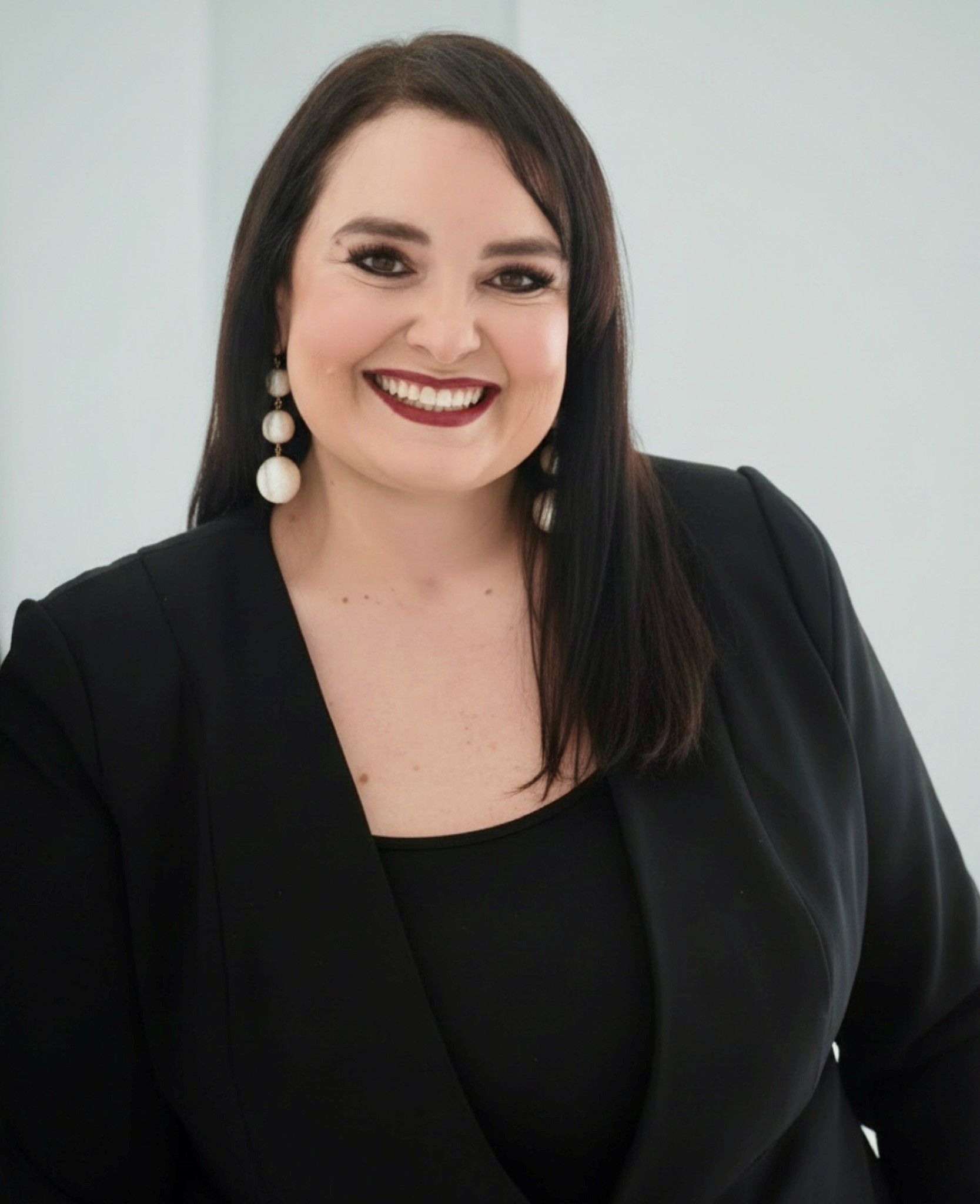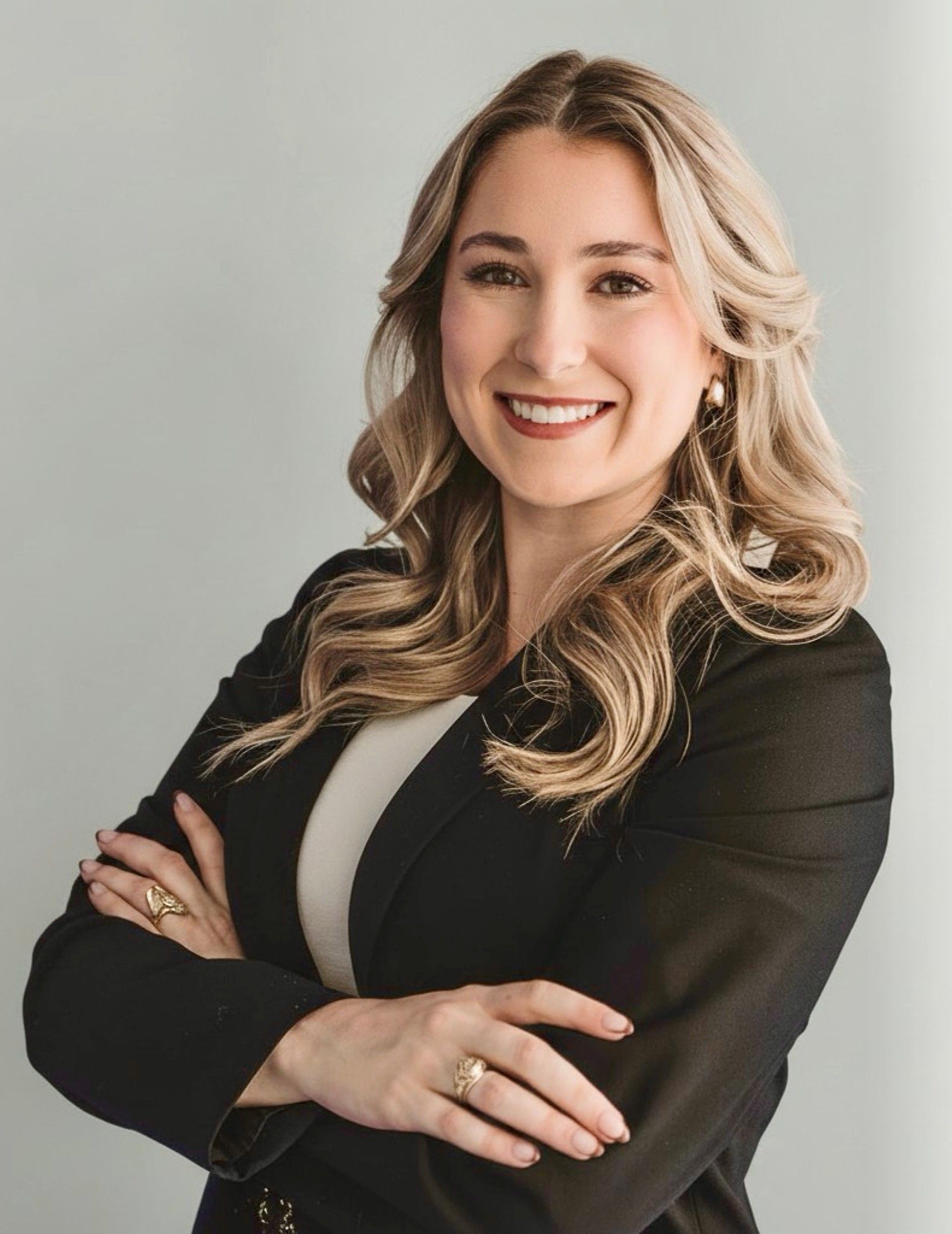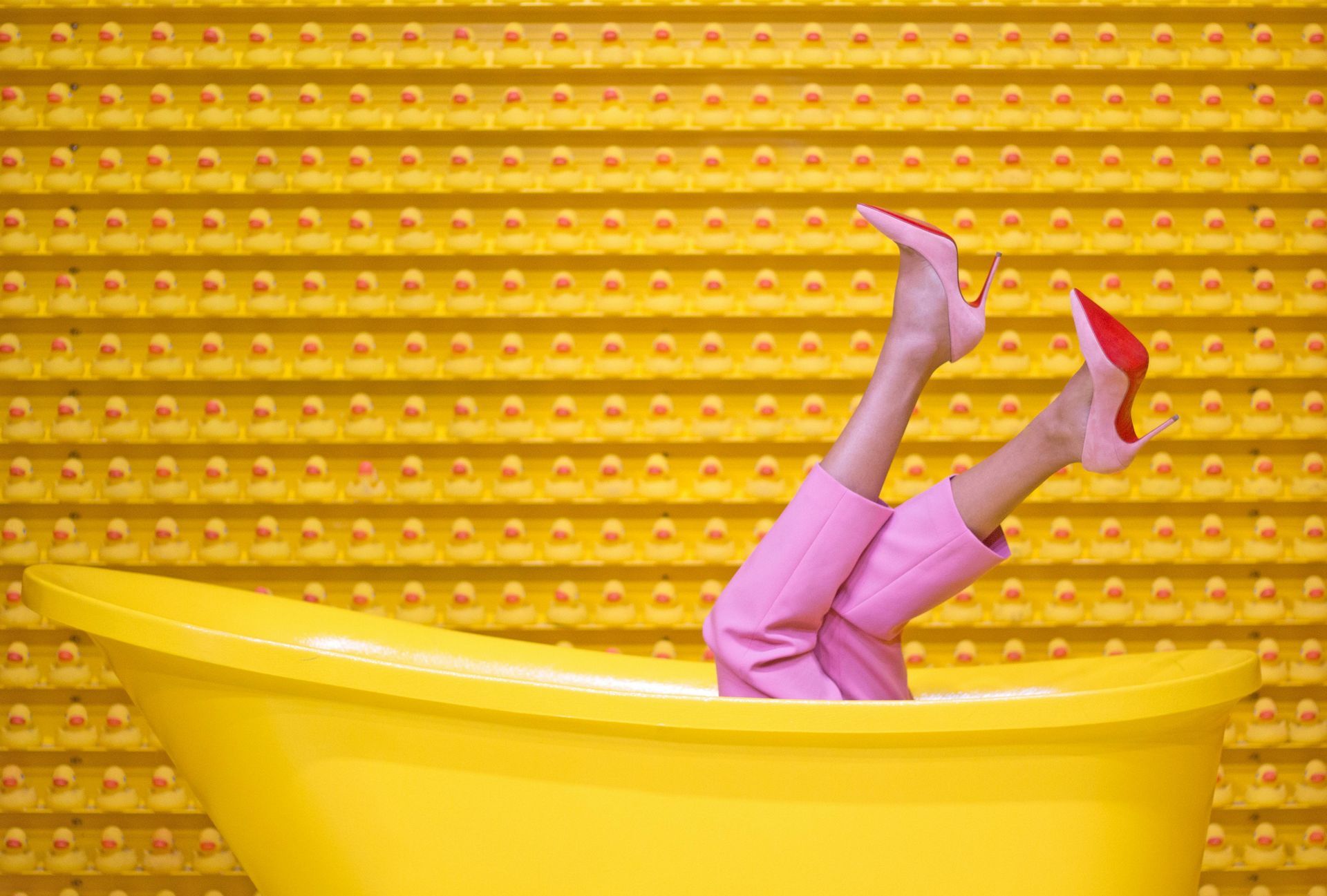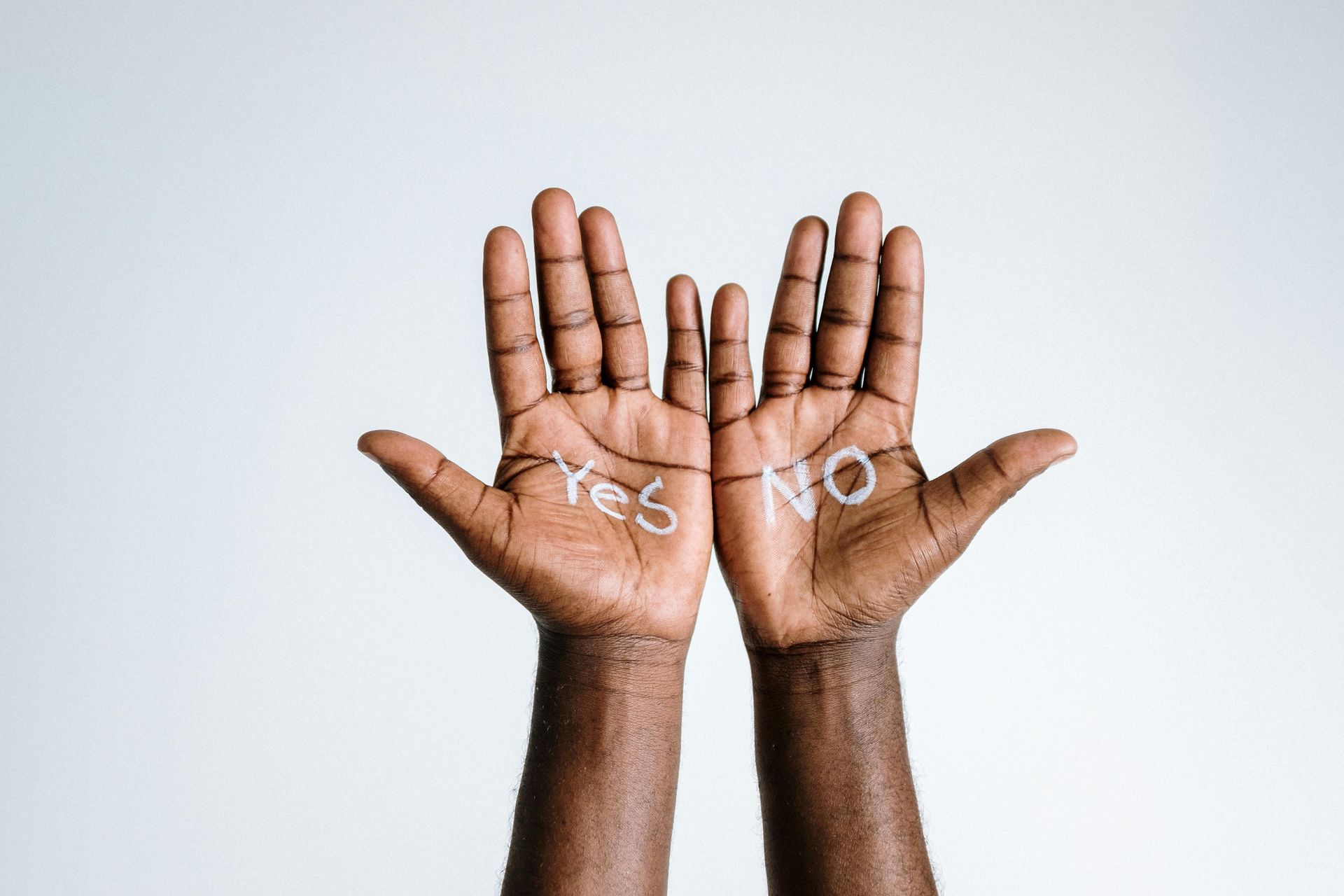Houston Design Patent Litigation Attorneys
Let Wilson Whitaker Rynell help protect federally registered patents in court.
Houston Design Patent Litigation Attorneys
Patent infringement occurs when someone uses, makes, sells, or offers to sell a patented invention without permission from the patent holder. This can include manufacturing, selling, or using a product or process that is covered by someone else's patent.
What is a Design Patent?
A design patent is a type of legal protection for the unique visual qualities of a manufactured item. Design patents may be granted for products with distinct shape, configuration, or surface decoration.
In essence, a design patent serves as a means for inventors to prevent others from replicating, manufacturing, selling, or using their distinctive visual designs without authorization.
A design patent should not be confused with a utility patent, which safeguards how an item operates and/or functions. However, it is important to note that a single product may have both a design patent and a utility patent at the same time.
Examples of Design Patents
Chances are, you've come across quite a few well-known design patents in your everyday life. Some popular products that have been issued design patents include:
What is Required to File a Design Patent?
Applying for a design patent is a multi-step process required by the United States Patent and Trademark Office (USPTO). First, you'll need detailed drawings or photographs illustrating your design from various angles. These visuals serve as the primary means of communicating your design to the USPTO. Second, a written description accompanying the drawings should outline the unique features and aspects of your design. Third, a formal application must be completed, signed by the inventor, and filed with the USPTO.
Protect Your Design Patent
Patent infringement occurs when someone makes, uses, sells, or offers to sell a patented invention without permission from the patent holder. To protect your patent, it is crucial to monitor the market for potential infringers and take legal action if you find a third-party using your patent without authorization. This may involve sending cease-and-desist letters, negotiating licensing agreements, or pursuing litigation in federal court.
To prove someone is using your patent without permission, you should confirm three things:
1. You own a valid patent for your invention;
2. You have evidence that the accused is using your patent without your permission; and
3. The infringing product or process includes all the elements outlined in at least on independent claim of your patent.
Seeking advice from qualified intellectual property attorneys, like the attorneys of Wilson Whitaker Rynell, can help you navigate the complexities of patent law and safeguard your invention effectively.
CLIENT MATTERS
5,000+
YEARS OF SERVICE
25+
Award Winning
Recognized in the legal industry as dedicated board-certified lawyers and Rising Stars.
Expert Team
Your project will be handled by legal experts every time. You will have the most experienced attorneys working for you.











